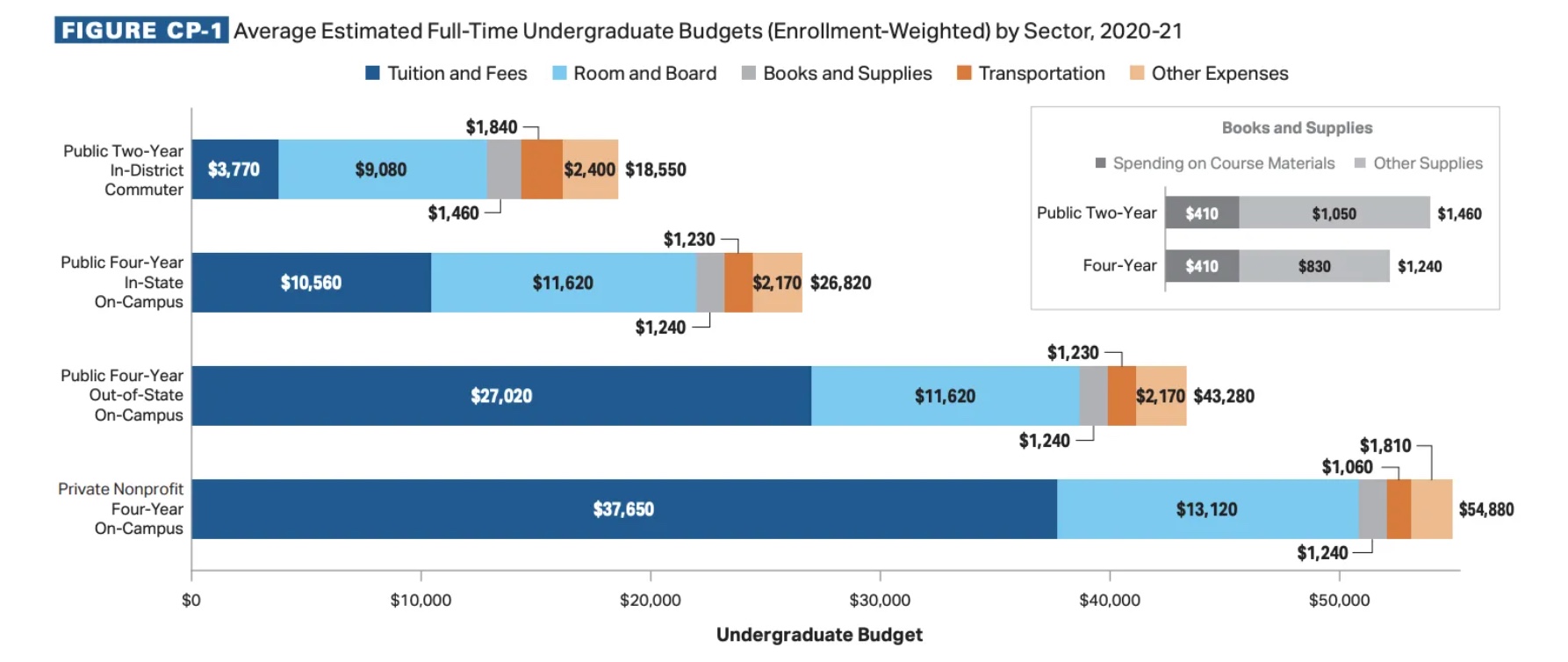Is it time to replace teaching centers?
The COVID-19 pandemic has shown that existing teaching centers at institutions of higher education aren’t enough to meet the demands of today’s education, according to Steven Mintz at the University of Texas at Austin. While teaching centers were created with the respectable goal to help faculty with course design, inclusive teaching, classroom technology and more, the reality of education today requires centers better capable of driving academic transformation more at the university level. According to Mintz:
“The current crises offer an opportunity to put into place the educational infrastructure designed for the 21st rather than the 20th century — one that will address systemic inequalities; facilitate data-driven, anytime, anywhere support services; and better equip students for the future of work. A center for educational innovation would assume responsibility for implementing and overseeing the strategies that campuses adopt.”
These centers, which Mintz calls “Centers for Education, Innovation, and Research”, would replace teaching centers with units charged with four responsibilities: educational enhancement, strategy, infrastructure, and evaluation and research.
With the pandemic challenging existing models of higher education, these centers are well-positions to help institutions adapt to the post-pandemic future by identifying new opportunities and challenges, driving innovation, and assessing program performance, among other benefits.
Read more about Centers for Education, Innovation and Research here.

